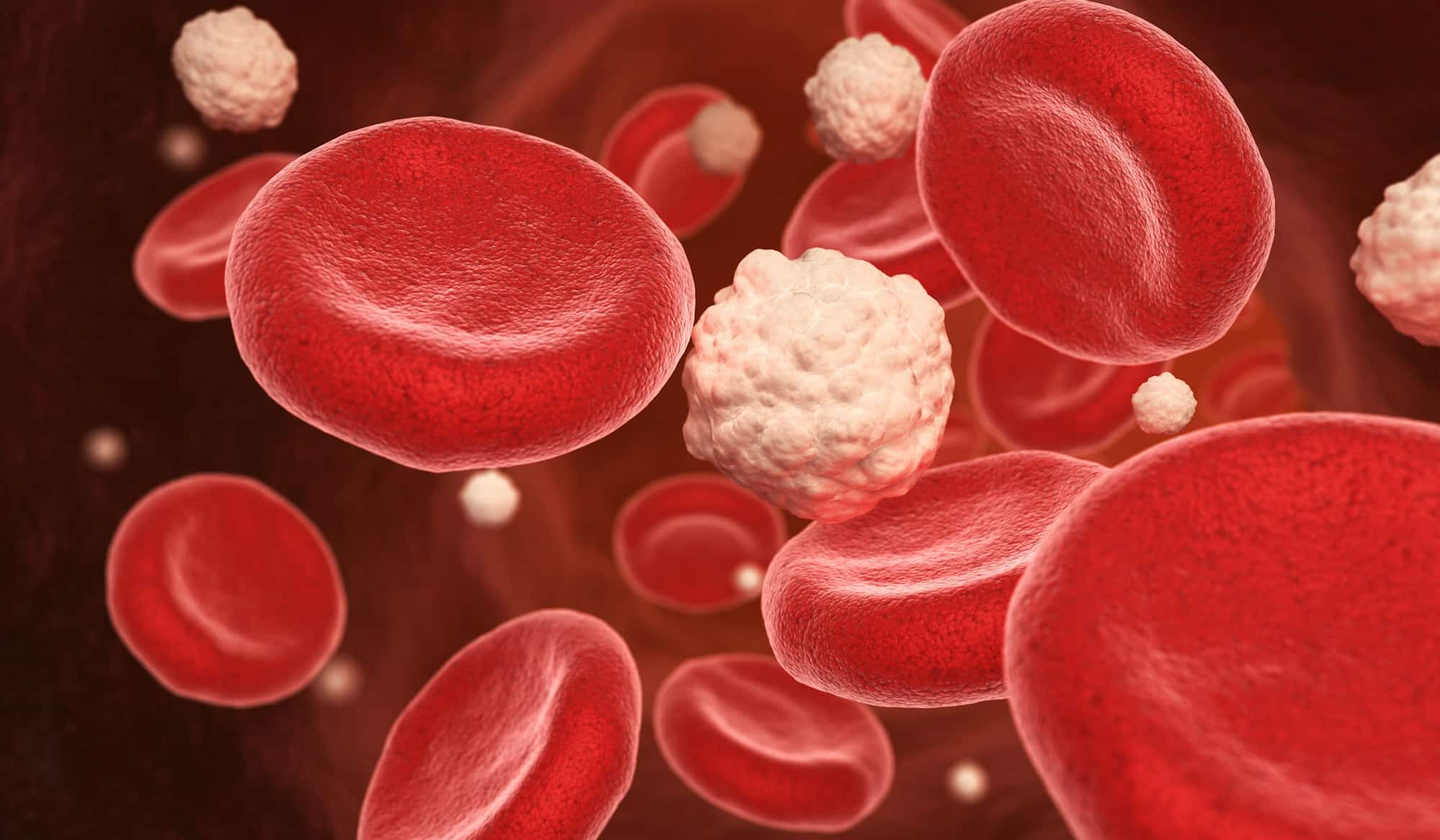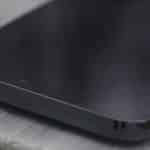Monitoring your glucose levels is crucial if you are living with diabetes. Yet, frequently pricking your finger to draw blood for testing can be painful and inconvenient. Is there a better solution? Recent advancements in technology have made it possible to monitor glucose levels without the need for invasive methods. This article will delve deeper into the latest development in non-invasive glucose monitoring, focusing on optical sensors and near-infrared (NIR) spectroscopy. Let’s delve straight into it.
The Need for Non-Invasive Glucose Monitoring
Typically, diabetics monitor their glucose levels by pricking their finger and using a blood glucose meter. This invasive method, although accurate, can cause discomfort and inconvenience. The need for a non-invasive approach to glucose monitoring has been recognized by both the medical community and technology developers.
Lire également : What Strategies Are Proving Effective in Teaching Financial Literacy to UK Teenagers?
Recent research published on PubMed and Google Scholar has shown growing interest in non-invasive glucose monitoring technology. This breakthrough could revolutionize diabetes management for millions of people worldwide, and particularly here in the UK, where diabetes prevalence is significantly high.
Optical Sensors: An Emerging Technology
One of the promising technologies for non-invasive glucose monitoring is the use of optical sensors. These sensors work by emitting light at specific wavelengths, which penetrates the skin and interacts with the glucose molecules in the body.
Lire également : How to Build a Community-Based Library of Tools and Resources in the UK?
Based on the principle of optical spectroscopy, these sensors measure the intensity of light reflected back, which varies depending on the glucose concentration. Scientific articles accessible through Crossref have validated the effectiveness and potential of optical sensors in glucose monitoring.
Google’s innovative approach in this field has led to the development of ‘smart’ contact lenses equipped with tiny optical sensors. These lenses monitor glucose levels in tears and send the data to a connected device, making it possible to track glucose levels continuously and in real-time.
Near-Infrared (NIR) Spectroscopy: A Leap Forward
Another exciting development in non-invasive glucose monitoring is NIR spectroscopy. This technology uses near-infrared light to penetrate the skin and measure the glucose level in the interstitial fluid.
The unique property of NIR light is its ability to penetrate deeper into the skin compared to visible light, making it a more reliable method for glucose monitoring. Recent studies found on PubMed and Google Scholar have shown promising results regarding the accuracy and reliability of NIR spectroscopy.
A few tech companies have developed wearable devices that use NIR spectroscopy for non-invasive glucose monitoring. These devices are usually worn on the wrist and provide continuous monitoring and immediate feedback on glucose levels.
Advantages and Challenges
The benefits of non-invasive glucose monitoring are evident. The ability to continuously monitor glucose levels without the need for blood samples can significantly improve the quality of life for diabetics. It can reduce the risk of hypoglycemia and hyperglycemia, as well as long-term complications associated with poor glucose control.
However, non-invasive glucose monitoring is not without its challenges. Factors such as skin temperature, hydration, and thickness can influence the accuracy of readings. Furthermore, while the technology has shown promising results in clinical trials, it still needs to be validated in larger, more diverse populations.
Despite the challenges, the future of non-invasive glucose monitoring looks bright. As technology continues to advance, it is expected that these devices will become more accurate, affordable, and widely available.
The UK Perspective
In the UK, diabetes is a growing health concern. With the development of non-invasive glucose monitoring technology, there is hope for better, less painful diabetes management.
Currently, the National Institute for Health and Care Excellence (NICE) is reviewing the use of non-invasive glucose monitoring devices. If approved, these devices could be available on the NHS, making them accessible to millions of people living with diabetes in the UK.
While we wait for the NHS to make these devices more widely available, it’s worth noting that some private healthcare providers and tech companies are already offering non-invasive glucose monitoring devices. As the technology continues to improve and gain validation, we can expect to see a significant shift in how glucose levels are monitored in the UK.
In conclusion, the latest developments in non-invasive glucose monitoring technology, particularly optical sensors and NIR spectroscopy, are promising. They offer a less painful and more convenient method of monitoring glucose levels, with the potential to drastically improve the quality of life for diabetics. As this technology advances and becomes more widely available, the future of diabetes management looks increasingly bright.
The Mechanism of Optical Sensors and NIR Spectroscopy in Non-Invasive Glucose Monitoring
Optical sensors and near-infrared (NIR) spectroscopy are two major technologies propelling the advancement of non-invasive glucose monitoring. These technologies operate based on the principle of light interaction with glucose molecules in the body.
Optical sensors function by emitting light at specific wavelengths that penetrate the skin and interact with glucose molecules. The intensity of the reflected light, which changes depending on the glucose concentration, is then measured. This principle, known as optical spectroscopy, has been validated in several scientific articles reachable via Crossref and Google Scholar for its effectiveness in glucose monitoring.
On the other hand, NIR spectroscopy uses near-infrared light to penetrate the skin and measure the glucose level in the interstitial fluid. Unlike visible light, NIR light can penetrate deeper into the skin, making it a more reliable method for glucose monitoring. Recent studies available on PubMed and Google Scholar have confirmed the accuracy and reliability of NIR spectroscopy in glucose sensing.
An interesting application of optical sensors is seen in Google’s ‘smart’ contact lenses. These lenses are equipped with tiny optical sensors that can monitor glucose levels in tears in real-time. Meanwhile, several tech companies have developed wearable devices that use NIR spectroscopy for glucose monitoring, providing immediate feedback on glucose levels.
The Outlook of Non-Invasive Glucose Monitoring in the UK
In the UK, diabetes is a significant health issue. The emergence of non-invasive glucose monitoring technology presents a promising solution for better diabetes management. Currently, the National Institute for Health and Care Excellence (NICE) is reviewing the use of non-invasive glucose monitoring devices. If approved, these devices could be accessible on the NHS, benefiting millions of people living with diabetes in the UK.
Despite the promising advancements, there are still challenges to overcome. The accuracy of readings can be affected by factors such as skin temperature, hydration, and thickness. There is also a need for validation in larger, more diverse populations.
However, some private healthcare providers and tech companies are already offering non-invasive glucose monitoring devices. As the technology continues to improve and gain validation, a significant shift in how glucose levels are monitored in the UK is expected.
Conclusion
The latest developments in non-invasive glucose monitoring technology, particularly optical sensors and NIR spectroscopy, are a significant leap forward in diabetes management. They provide a less painful and more convenient method of monitoring glucose levels, potentially improving the quality of life for many. As technological advancements continue to be made and these devices become more widely available and affordable, the future of diabetes management in the UK, and indeed globally, looks increasingly promising.











